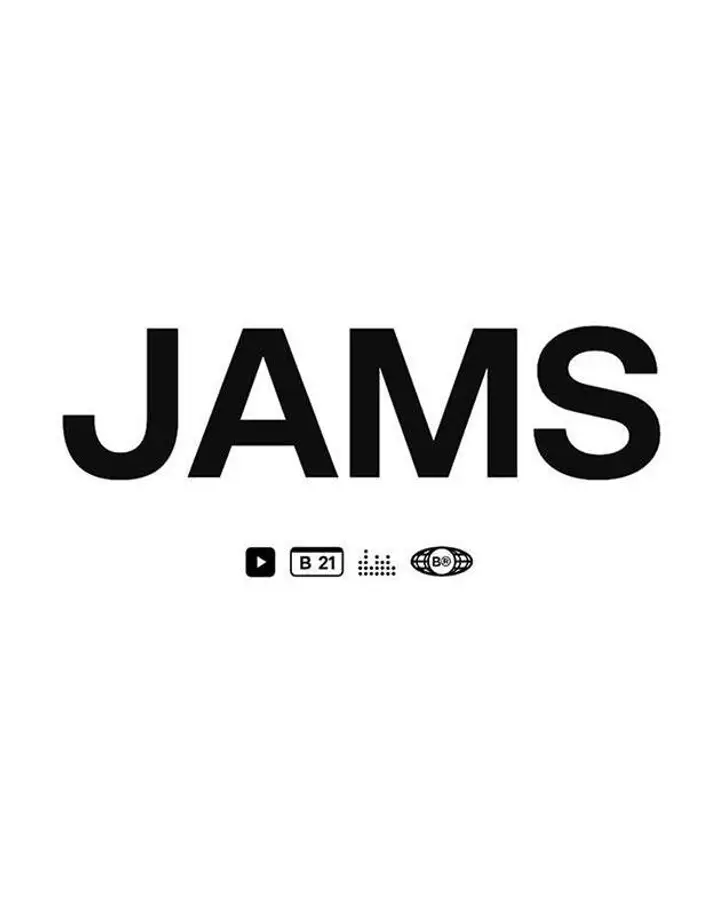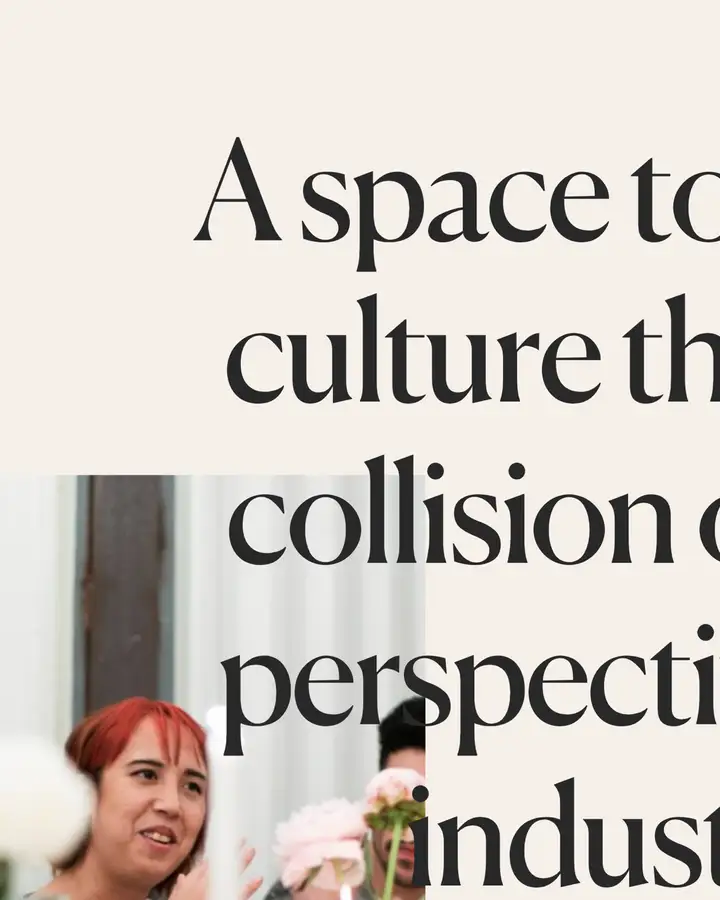Designers,WeNeedtoStepUpOurAccessibilityGame●

Welcome to our three-part series on accessibility, looking into the enormous potential of smart technology to make the world more inclusive—if we design it with intention.
As designers for the digital age, we like to see ourselves as adventurous creatives at the cutting edge of shiny new gadgets and virtual problem-solving.
And in many ways, we are. Go us!
But this shiny-eyed enthusiasm often comes at the cost of one important thing: accessibility.
In this series, we’ll shine a light on opportunities for greater accessibility in emerging technologies. We’ll explore cool things like how to design e-commerce experiences for the visually impaired, how smart cities can create more inclusive and innovative public spaces, and how we can use virtual reality in more accessible ways. We’ll even talk about how you can incorporate accessibility into your own design process.
But first, the basics.
What is accessibility?
Accessible design is all about creating products and experiences that everyone can use, regardless of disabilities, impairments, or neurodivergence.
Disabilities are far more common and nuanced than many people realize. They lie on spectrums. They can be visible, like when someone uses a wheelchair or wears a pair of glasses, or they can be invisible (and often overlooked), like chronic fatigue and mental health conditions. They can be temporary, like a broken arm, or permanent, like cerebral palsy.
While they are often stigmatized and treated as “other,” we will likely all experience at least one over the course of our lifetimes.
As designers creating new experiences, we need to keep all of these factors in mind. We need to think about how various identities and disabilities might intersect, how we can design for contexts like physical and social barriers, and how we can incorporate the insights of people with disabilities into design processes and user research.
Why is it so important to get it right?
In a world designed for the able-bodied, everything from enjoying an afternoon at the park to crossing the street can present a challenge for someone with disabilities – whether it's a minor inconvenience or a major danger.
Because accessibility has been largely left out of design decisions for products and spaces for decades, these barriers add up. They can severely impact the enjoyment of day-to-day life, but they can also present huge obstacles for big-picture things like getting an education or getting a job.

Here are five reasons why we, as designers, should step up our accessibility game:
1. It improves lives.
People with disabilities deserve the same access to opportunities, resources, and delightful experiences as people without disabilities.
Period.
This applies to everything from watching a TikTok with closed captions to earning a degree from a university with the proper accommodations and assistive technology.
2. It drives innovation.
Innovation for the sake of accessibility can provide breakthroughs and insights for other complex problems, like sustainability. Virtual Warsaw, a pilot project to help blind people navigate the capital of Poland more independently, established a network of sensors to give people with visual impairments a better idea of their surroundings through their smartphones. These sensors can also provide the city with valuable information for environmental conditions like air quality.
Designing for accessibility can also lead to better solutions for different contexts. For instance, if you’re Deaf, calling an emergency number for help presents a huge challenge. But even if you don’t have a hearing impairment, the ability to silently contact help can be crucial in many situations, from reporting an active shooter to requesting an ambulance for a medical emergency that limits your ability to speak.
3. It can kickstart social change.
While technology itself can’t replace social change, it can be a powerful tool for challenging both physical and social barriers, especially as we raise the bar from, “Will someone with a disability be able to use this?” to “Will someone with a disability enjoy using this?”
In other words, it can lead to more inclusion – which can help normalize and destigmatize disabilities while fostering more collaboration between people with and without disabilities.
4. It’s an opportunity to make the design field more inclusive.
People with disabilities should not only play an integral role in user testing; they should also be designers. They have valuable perspectives that are often overlooked because of the barriers that have made it more difficult to get a seat at the design table.
While they shouldn’t be the only voices speaking up for accessibility, they can provide valuable insights and innovative ideas to create more inclusive products and experiences.
If you’re looking to add more voices to your team, check out platforms like Black Disabled Creatives, a non-profit community database founded by model and actress Jilllian Mercado to connect disabled Black creatives with career opportunities.
5. It drives economic opportunities.
Ah, the money. Not the most important aspect of good design, but necessary to keep your organization thriving as we propel towards a more inclusive future.
Fortunately good design isn’t only good for the world; it’s good for business.
Accessible design opens up your market to a whole new consumer base, especially since about 15% of people worldwide have some form of disability.
It can also establish your organization as a thought leader in your field, inspiring others to design more accessible products while earning you more clients – and more opportunities to do awesome design – along the way.
Not to mention the fact that it’s way easier (and cheaper) to include accessibility in your process from the beginning than to try to jam it in later.
Let’s get this party started. For everyone.
Accessibility is vital for all of us, and it shouldn’t be treated as an afterthought, a burden, a bonus, or an act of generosity. It’s fundamental to good design. It benefits your users – with and without disabilities – and it benefits you. Everyone wins.
Now let’s go design some dope shit that everyone can use.




